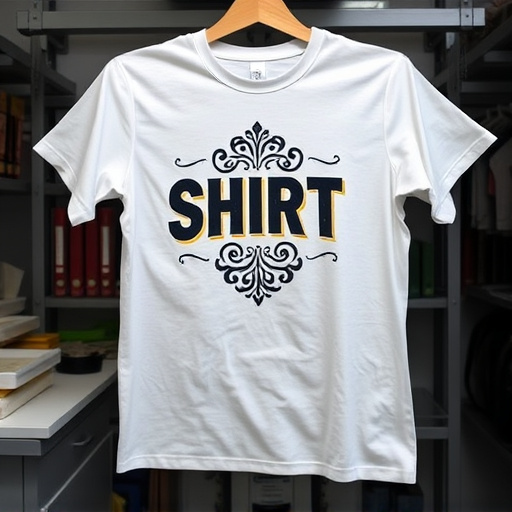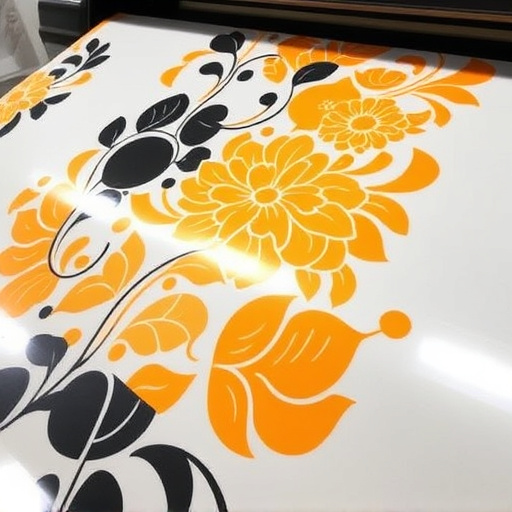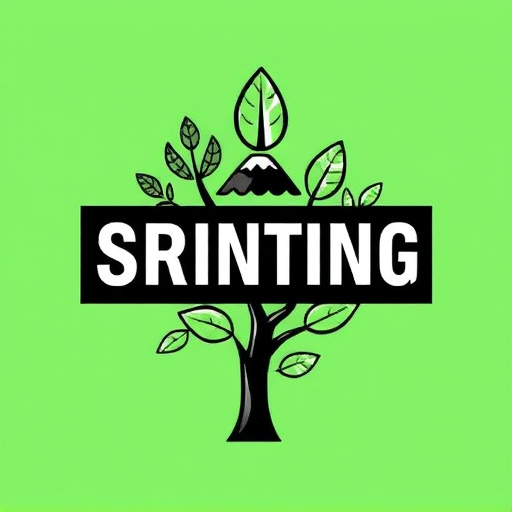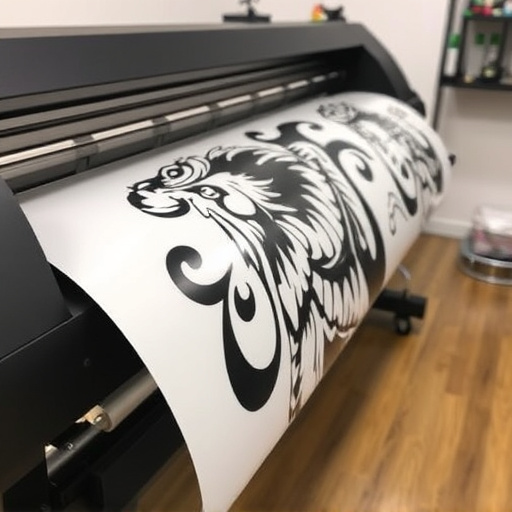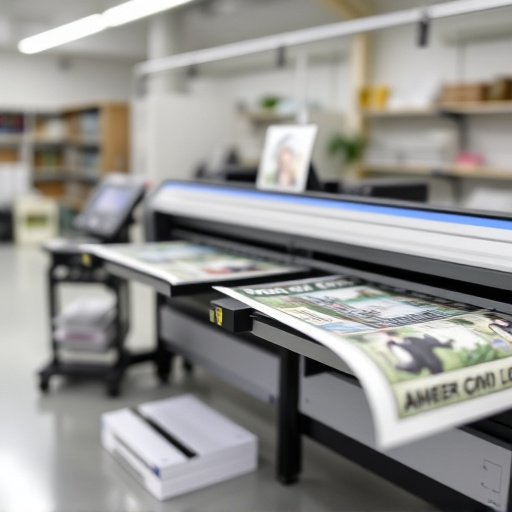The Direct-To-Fabric (DTF) printing industry is experiencing exponential growth, transforming global merchandise trade dynamics. Technological advancements and rising demand for personalized products have made DTF a game-changer, facilitating international trade and offering enhanced product variety, faster turnaround times, and accessible customization options. This growth empowers small businesses to compete globally, fostering innovation, cultural exchange, and efficient production while breaking down traditional supply chain barriers.
The dynamic DTF (Direct-to-Consumer) Industry is reshaping global merchandise markets, propelling them into a new era of growth and accessibility. This article delves into the multifaceted impact of DTF industry expansion, exploring its role in unlocking international trade potential. We analyze market dynamics, revealing how this trend influences global commodity exchange and generates economic ripple effects that resonate from local to international spheres. Understanding these shifts is crucial for navigating the evolving landscape of consumer goods distribution.
- Understanding the DTF Industry: Unlocking Global Potential
- Market Dynamics: How Growth Impacts Merchandise Trade
- The Economic Ripple Effect: From Local to International Markets
Understanding the DTF Industry: Unlocking Global Potential

The DTF Industry, short for Direct-To-Fabric printing, has been experiencing a significant surge in growth, and this rapid expansion is unlocking immense global potential. This innovative printing technique allows for the direct application of designs onto fabric, enabling a wide array of applications, from custom graphic tees to intricate dtf transfers. The industry’s potential is not just confined to local markets; it holds the key to enhancing global merchandise trade.
With advancements in technology and an increasing demand for personalized products, DTF printing has become a game-changer. It offers businesses and individuals a cost-effective way to create unique, on-demand designs, catering to diverse consumer preferences. As a result, the global dtf for Custom graphic tees market is thriving, fostering international trade and opening up new avenues for merchandise distribution. This growth trend sets the stage for a more dynamic and interconnected global economy through the power of DTF Industry Growth.
Market Dynamics: How Growth Impacts Merchandise Trade
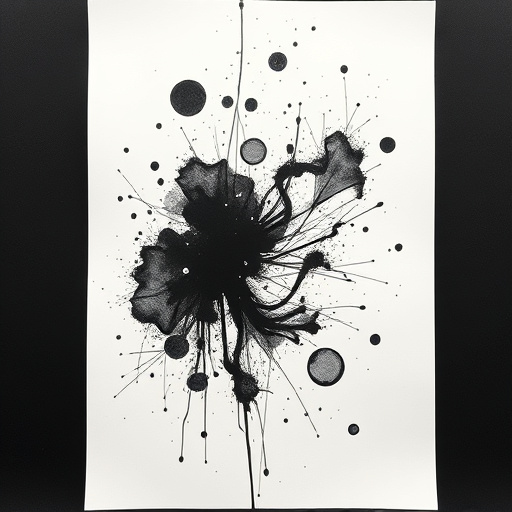
The DTF (Direct to Fabric) industry’s growth has brought about a significant shift in market dynamics, particularly within global merchandise trade. This rapid expansion has led to an increase in demand for custom dtf transfers and dtf printing services, revolutionizing the way businesses approach product customization. As more companies embrace DTF technology, the landscape of merchandise production is evolving, fostering innovation and efficiency.
The impact on international trade is profound; with DTF printing for hoodies and other garments becoming a popular trend, manufacturers can now cater to diverse customer preferences globally. This growth has resulted in enhanced product variety, faster turnaround times, and more accessible customization options for buyers worldwide. As a result, traditional supply chain barriers are broken down, allowing for seamless merchandise market integration on an international scale.
The Economic Ripple Effect: From Local to International Markets

The growth of the Direct to Final (DTF) industry has a profound economic ripple effect that extends far beyond local markets. As DTF technology gains traction, it empowers small businesses and entrepreneurs to compete globally with ease. This is particularly evident in the merchandise sector, where DTF printing for light fabrics and t-shirts has become a game-changer. The flexibility and accessibility of DTF industry growth allow for efficient production and personalized designs, catering to diverse consumer preferences worldwide.
This shift has significant implications for international trade. Local businesses can now offer unique, on-demand products with minimal overhead costs, making them highly competitive in the global marketplace. For instance, cold peel dtf transfers have opened up new avenues for custom printing, enabling companies to cater to niche markets and trends promptly. This dynamic encourages economic growth, fosters innovation, and promotes cultural exchange through the seamless movement of goods from one nation to another.
The rapid growth of the DTF Industry has undeniably boosted global merchandise markets, creating a ripple effect that transcends local economies. By understanding the industry’s dynamics and its profound impact on trade, we can appreciate the enhanced interconnectedness it fosters among international markets. This growth is not merely a trend but a catalyst for economic expansion, offering new opportunities and reshaping global commerce landscapes.









